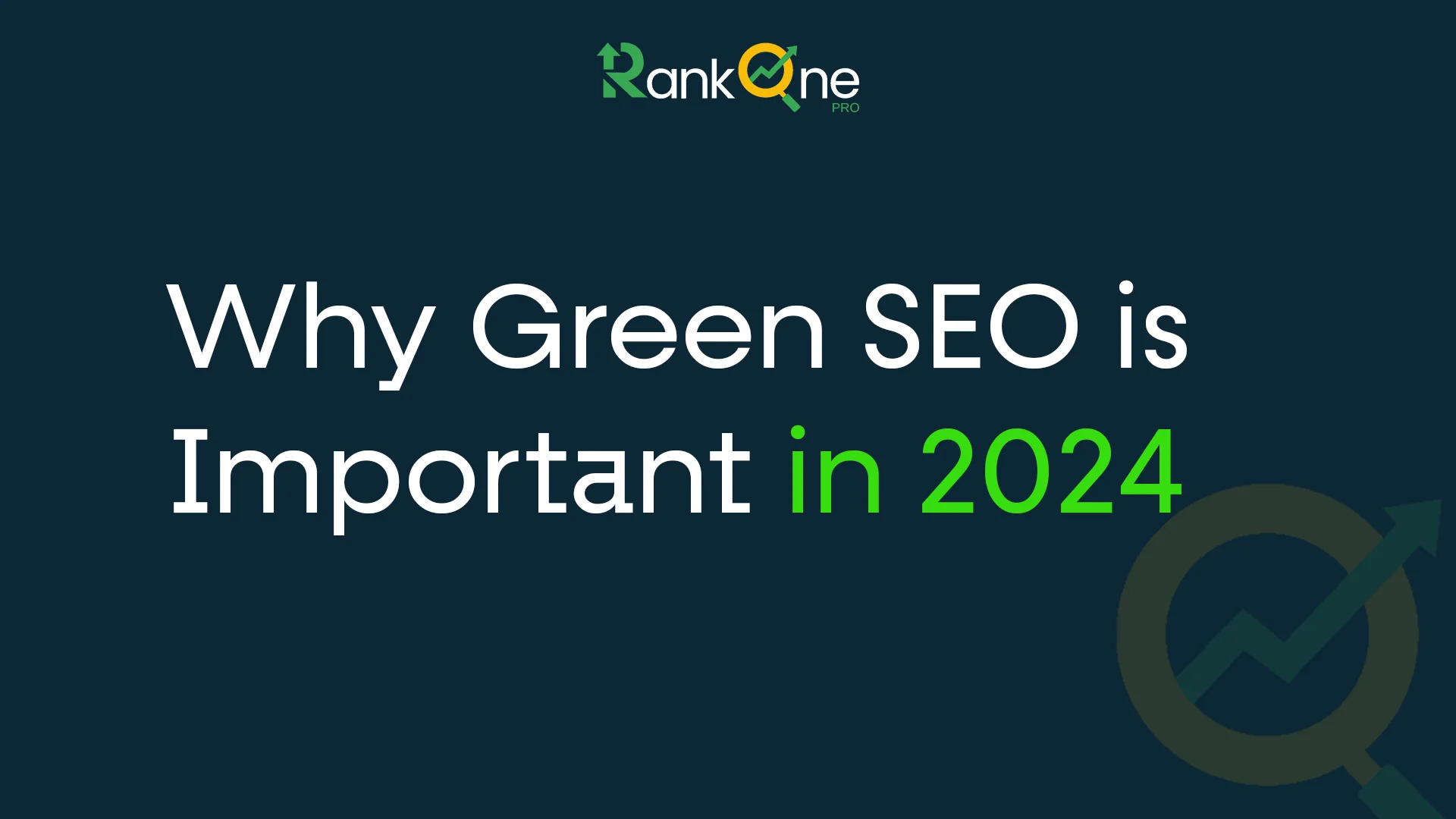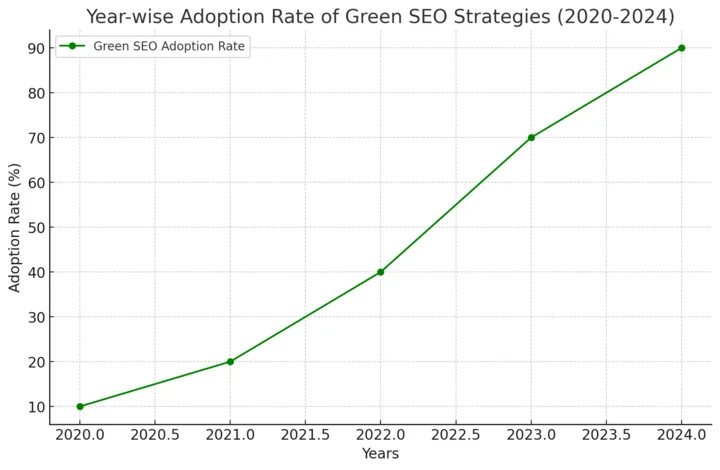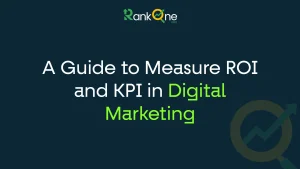
Google Business Profile Updates Not Showing: What You Need to Know
As of April 23rd, 2025, updates to Google Business Profiles (GBP) such as published posts,
Top SEO Services Company | Digital Marketing, Web Design, & PPC Experts – Rank1Pro

Is editor at rank1pro.com, has a decade of writing experience. With a strong background in Digital Marketing and PR Agencies.


PRO Tip for Implementing Green SEO Strategies
When applying Green SEO strategies, prioritize optimizing for Core Web Vitals, which directly impact your website’s performance and energy efficiency. Use tools like Google PageSpeed Insights to continuously monitor and improve your website’s speed and eco-friendliness. Don’t forget to update your website’s technical SEO at least once a quarter to ensure compliance with the latest standards.
In today’s digital age, sustainability has become more than just a buzzword; it’s a responsibility that businesses must integrate into every aspect of their operations. One of the most crucial areas where sustainability can make a real impact is through SEO practices. Green SEO strategies focus on optimizing websites not just for search engines but also for minimizing environmental impact, ensuring that your site is both efficient and eco-conscious.
In this blog, we’ll explore Green SEO strategies, how to implement them, their benefits, and what businesses can do to create a positive digital footprint. We’ll also include real-life examples, a year-wise comparison graph, ratings, and a Pro Tip to help you get ahead in your eco-friendly SEO efforts.
As businesses increasingly recognize their role in climate action, Green SEO strategies are emerging as an integral part of sustainability in digital marketing. But what does “green” mean in terms of SEO?
Green SEO involves optimizing a website in a way that reduces its environmental impact. From reducing server energy consumption to improving page load times, this approach not only helps websites rank better but also ensures they’re contributing positively to environmental sustainability.
Green SEO strategies blend traditional SEO best practices with eco-consciousness, optimizing your website for search engines while also taking into account the environmental costs of hosting, loading, and maintaining web pages.
Green SEO strategies work by integrating energy-efficient practices into the core of SEO optimization. Here’s how:

One of the most impactful elements of Green SEO strategies is reducing page load speed. Faster websites consume less energy, as fewer server resources are needed to load the pages.
High-resolution images and videos can severely slow down a website and increase energy use. Implementing image compression, responsive images, and optimizing videos can significantly improve a site’s eco-friendliness.
Choosing a hosting provider that runs on renewable energy is one of the most direct ways to make your website greener. Several hosts, such as GreenGeeks and Eco Web Hosting, utilize wind or solar energy to power their servers.
Unnecessary JavaScript, plugins, or bulky third-party integrations not only slow down your website but also increase energy use. Conduct regular audits to eliminate scripts that are no longer needed.
Using a CDN reduces the distance that data needs to travel, thus cutting down on energy use. CDNs store copies of your website on multiple servers worldwide, ensuring that users receive data from the closest possible location.
In 2024, the global internet economy is larger than ever, and with it comes a rising energy demand. As more businesses and individuals rely on digital platforms, the environmental impact of websites is growing.

Below is a graph showing the adoption rates of Green SEO strategies from 2020 to 2024, indicating a steady increase as more businesses become environmentally conscious.

| Year | Traditional SEO Rating | Green SEO Rating | Improvement Factor |
|---|---|---|---|
| 2020 | 7/10 | 5/10 | Minimal adoption |
| 2021 | 8/10 | 6/10 | Moderate growth |
| 2022 | 8.5/10 | 7/10 | Significant rise |
| 2023 | 9/10 | 8/10 | Large-scale adoption |
| 2024 | 9.5/10 | 9/10 | Mainstream practice |
To illustrate how Green SEO strategies work in practice, let’s look at some real-world examples.
Green SEO refers to the practice of optimizing websites in an eco-friendly manner by reducing energy consumption, optimizing load times, and using renewable energy-powered hosting solutions.
Green SEO improves website speed and efficiency, which are key factors in Google’s ranking algorithm. Faster sites with minimal environmental impact are more likely to rank higher.
Providers like GreenGeeks, A2 Hosting, and Eco Web Hosting offer green hosting solutions powered by renewable energy.
Yes, small websites can significantly benefit from Green SEO strategies by reducing hosting costs, improving load times, and appealing to environmentally-conscious customers.
You can use tools like Website Carbon Calculator to measure your site’s energy usage and carbon footprint.
In the ever-evolving world of digital marketing, Green SEO strategies offer a unique opportunity to align sustainability with business growth. By implementing eco-conscious SEO practices, businesses can improve their search engine rankings, enhance user experience, and reduce their environmental impact.
As the demand for eco-friendly solutions continues to rise in 2024, Green SEO strategies will become essential for brands looking to make a positive environmental impact while staying ahead in search rankings.

As of April 23rd, 2025, updates to Google Business Profiles (GBP) such as published posts,

In a business scenario today, understanding performance metrics is the key to success, most of

It is a fact that, in the dynamic world of digital advertising, it becomes really
615 West Johnson Ave, 202-s, Cheshire, CT 06410
1-888-927-9258
info@rank1pro.com